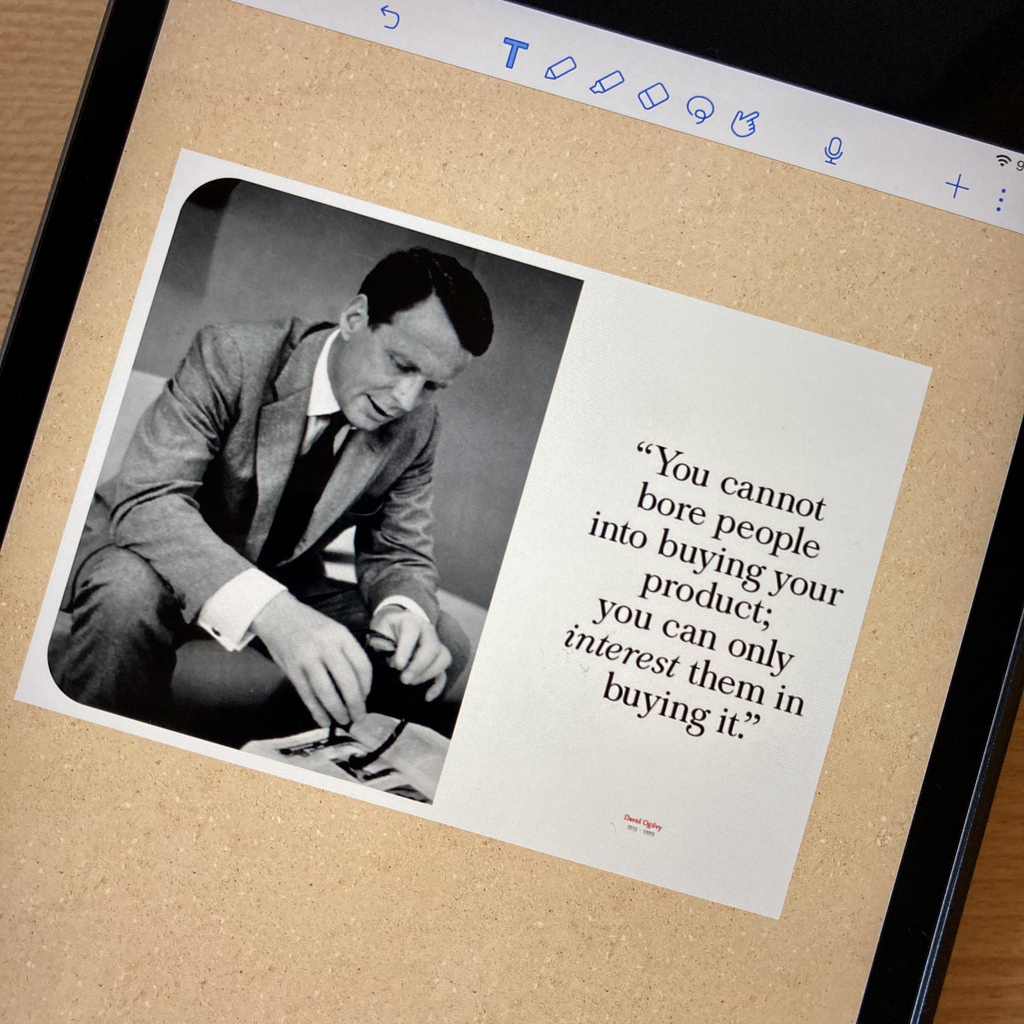
That old saying, that the customer is always right, is bogus. Worse still, if you believe the customer or client is always right, it will damage your business.
Allow me to explain!
That saying still persists, because fearful service providers are scared that if they say the customer is wrong, they might take their custom elsewhere. So, generations of business owners have worked under the erroneous belief that they should simply agree with their clients all the time.
That’s a really bad idea
It fails the client and it fails you. Here are a few examples.
- Designers end up producing ugly work, because the client made terrible design demands. The client is left with low quality design, which won’t work for them. The designer will never get to work with that client again.
- Copywriters end up writing junk, because the client demanded uninformed changes. So, instead of a professional piece, the client gets something amateurish that they could have written themselves. The copy fails to work. The client ends up unhappy. The copywriter is never hired again.
- Coaches and mentors end up delivering a poor quality service, because the allow misguided clients to dictate what happens. The client then ends up hearing what they want to hear, rather than what they need to hear in order to succeed. It fails the client. And the provider is never hired again.
No, I’m not suggesting you argue with your clients. That’s a terrible idea and extremely unprofessional.
I am suggesting you need to guide your clients.
As a professional, it’s your job to help clients make the right decisions, so they get the very best results. That means providing the client with your informed, expert guidance. It means steering them away from mistakes. It means responding with advice and ideas, which lead to a successful project and a delighted client.
In short, your clients deserve your very best work. Agreeing with a client, when you know they are making damaging mistakes, doesn’t help them and it doesn’t help you. So give your clients your very best. That’s what they pay you for. That’s what they deserve.
And you cannot, on any level, afford to give them anything less.


















